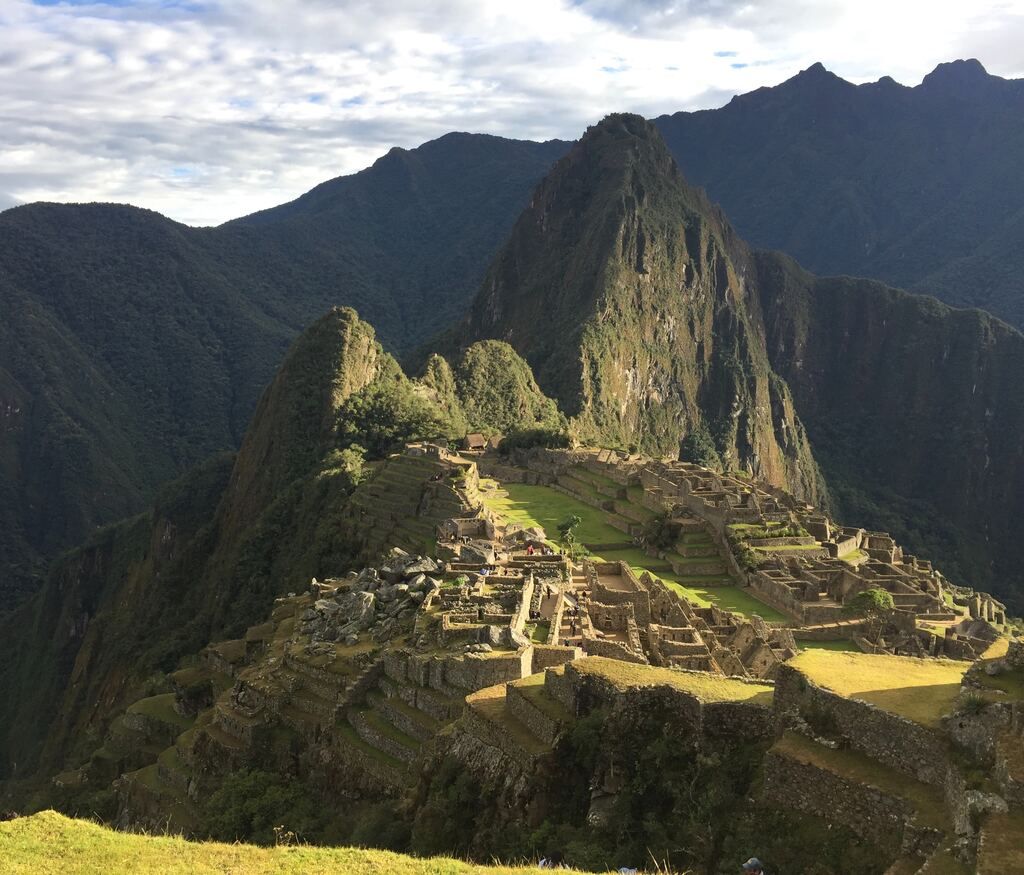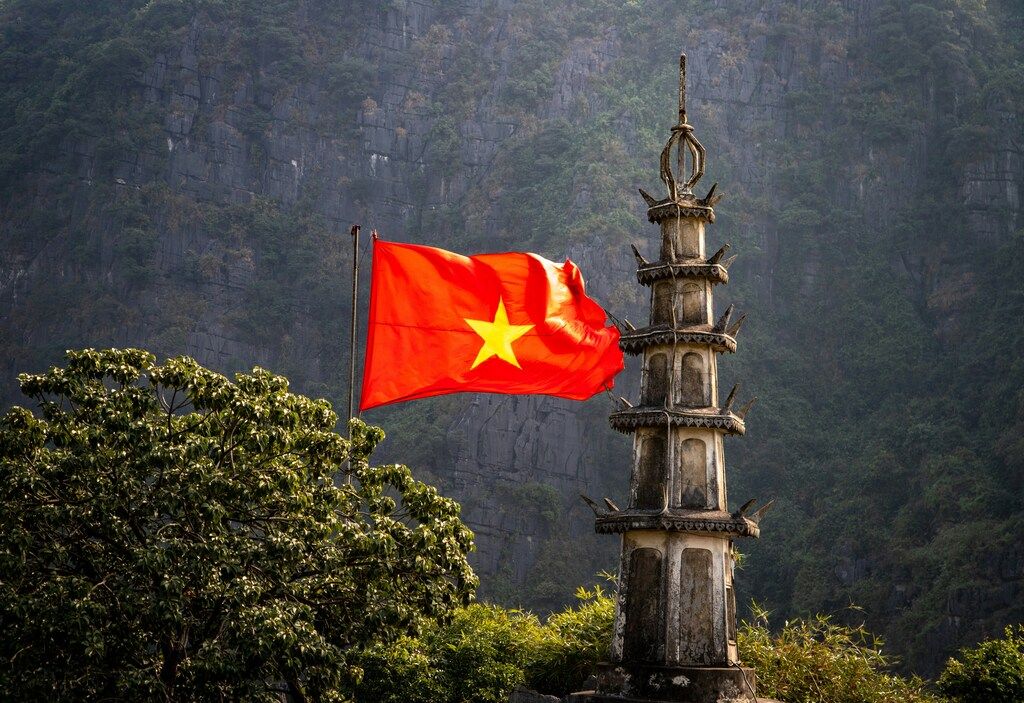

If you’ve ever tried to figure out how to visit Vietnam, you know the hardest part isn’t deciding between pho or bun cha for dinner — it’s getting through the Vietnam visa process. As of 2025, Vietnam is much friendlier to foreign travellers, but getting there still involves some red tape.
This guide is designed to help you navigate the Vietnam visa landscape with zero stress. Who needs one? How do you apply? How much does it cost? We’re breaking it all down with practical advice you won’t see on government websites.
Vietnam Visa requirements: who needs one and who doesn’t
First things first. Whether or not you need a visa comes down to your passport. As of August 2023, the rules are more generous than ever for many nationalities.
You can travel Visa-Free if you’re from:
- The UK, Germany, France, Italy, Spain, Sweden, Denmark, Finland, and Norway: You get a 45-day visa-free stay.
- Japan and South Korea: You also get a 45-day visa-free stay.
- ASEAN Countries (e.g., Thailand, Malaysia, Singapore): You get a 30-day visa-free stay.
Important Note: This visa exemption is for tourism purposes and single entry only. If you plan to leave and re-enter Vietnam, you’ll need a new visa or have to wait 30 days outside the country to use the exemption again.
You DEFINITELY need a visa if:
- You hold a passport from the United States, Australia, Canada, New Zealand, or any other country not on the exemption list.
- You plan to stay longer than 45 days (if you’re from an exempt country).
- You are travelling for business, volunteering, or work, regardless of your nationality.

How to get a Vietnam Visa: all application options explained
While there are a few ways to get a visa, one option stands out as the clear winner in 2025.
The E-visa (Recommended)
This is by far the simplest and most popular option. It’s a 100% online process done through the official Vietnam Immigration portal: https://evisa.gov.vn/.
- Validity: up to 90 days, with single or multiple entry options.
- Cost: $25 USD for a single-entry visa or $50 USD for a multiple-entry visa.
- Processing Time: typically 3-5 working days. Apply at least 1-2 weeks in advance to be safe, especially around holidays like Tet (Vietnamese New Year).
- Requirements: a passport with 6 months’ validity, a digital copy of your passport’s info page, and a recent digital photo (4x6cm, white background, no glasses).
Visa on Arrival (VOA)
A pre-digital relic. This option is now largely obsolete and not recommended for tourists who can get an e-visa. It requires a pre-approval letter from an agency, is only valid for air arrivals, and often involves long queues and higher overall costs at the airport.
Embassy Visa
The old-fashioned way. This involves a visit to a Vietnamese embassy or consulate. It’s generally only necessary for specific visa types (like long-term business visas) that aren’t covered by the e-visa system.
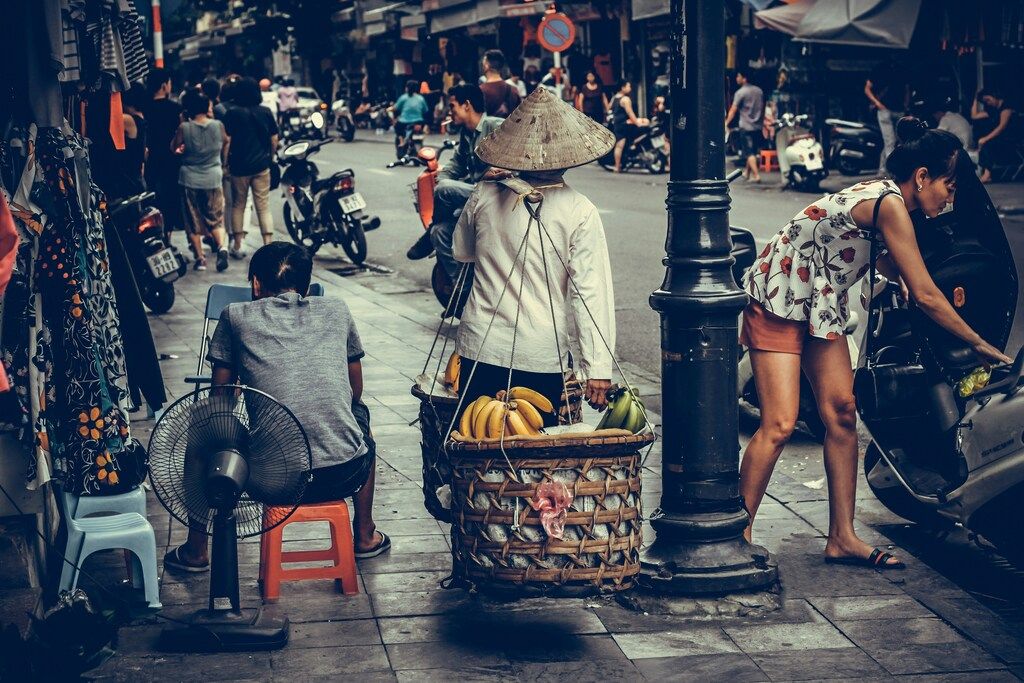
E-visa vs. Visa on Arrival: why the E-visa wins
Still tempted by the Visa on Arrival? Here’s a quick comparison to show you why the e-visa is the champion.
| Feature | E-visa (Recommended) | Visa on Arrival (Not Recommended) |
| Process | 100% online, before you travel. | Get pre-approval letter online, then queue and pay at the airport. |
| Cost | $25 (single) or $50 (multi-entry). | $25 stamping fee PLUS $15-$30 for the agency’s approval letter. |
| Where it’s valid | All international airports, 16 land borders, and 13 seaports. | Only valid at international airports. |
| Stress Level | Low. Arrive with your visa already approved. | High. Risk of long queues, payment issues, or problems with the letter. |
When you are busy making your way through this Vietnam itinerary, don’t forget the top places to visit in Vietnam that go oh-so-well with your spiffy new visa approval.
Tourist vs. Business Visa: choose wisely
By this point, you’ve made a decision about how you’d like to apply for your visa. Nice work. Now, you need to figure out the right type of visa. This basically comes down to a tourist visa or a business visa.
- Tourist Visa (DL): this is for you if you’re there to sightsee, eat your weight in pho, and relax on the beach. The 90-day e-visa covers almost all tourist itineraries.
- Business Visa (DN): this is required if you are visiting for meetings, conferences, volunteering, or any work-related activity (even unpaid).
Choose carefully. If you try to enter the country for work purposes on a tourist visa, you could be denied entry, or worse, fined or deported. It’s not worth the risk.
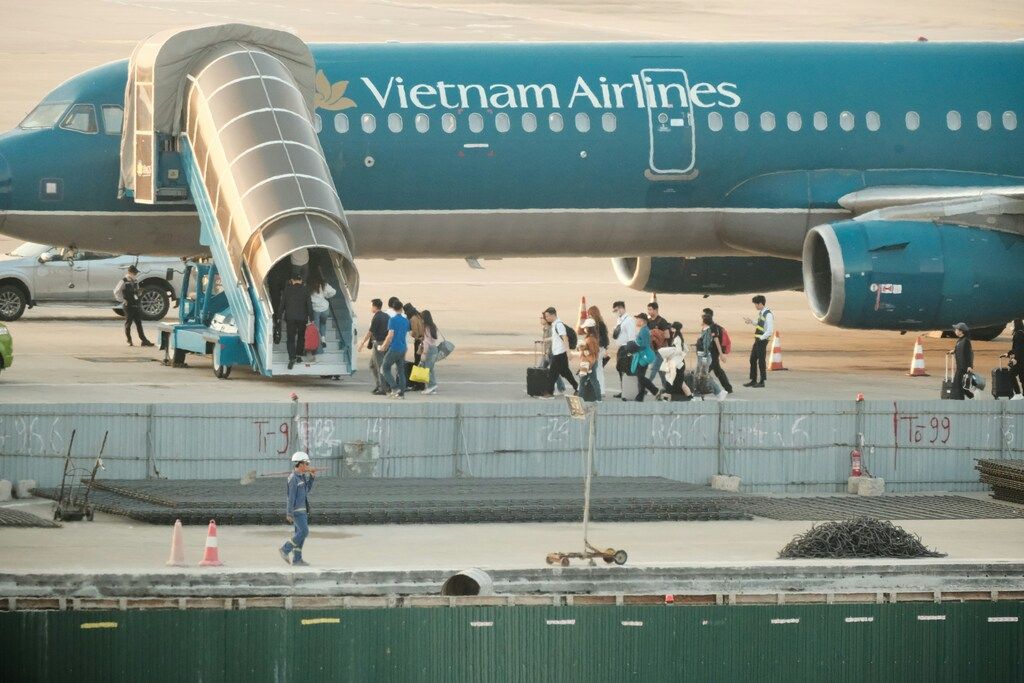
Visa extension in Vietnam: what to do if you want to stay longer
Fallen in love with Vietnam and want to stay past your visa’s expiry date? It’s tricky, but not impossible.
- E-visa Extensions: officially, the 90-day e-visa cannot be extended within Vietnam.
- The “Visa Run”: the most common workaround. This involves leaving Vietnam (usually a quick flight to Bangkok or a bus to Cambodia/Laos), applying for a new 90-day e-visa while you’re outside the country, and then re-entering a few days later. It’s a well-trodden path for long-term travellers.
- In-Country Agents: some travel agencies in major cities can facilitate extensions through complex procedures, but this is often expensive and takes time.
Golden Rule: If you want to stay longer, the easiest way is to do a “visa run”. Start planning it at least a week before your current e-visa expires.
When to apply and travel to Vietnam
Apply for your e-visa 10-15 days before your flight. This gives you a buffer for weekends, public holidays (especially Tet, the Vietnamese New Year in late Jan/early Feb), or any processing delays.
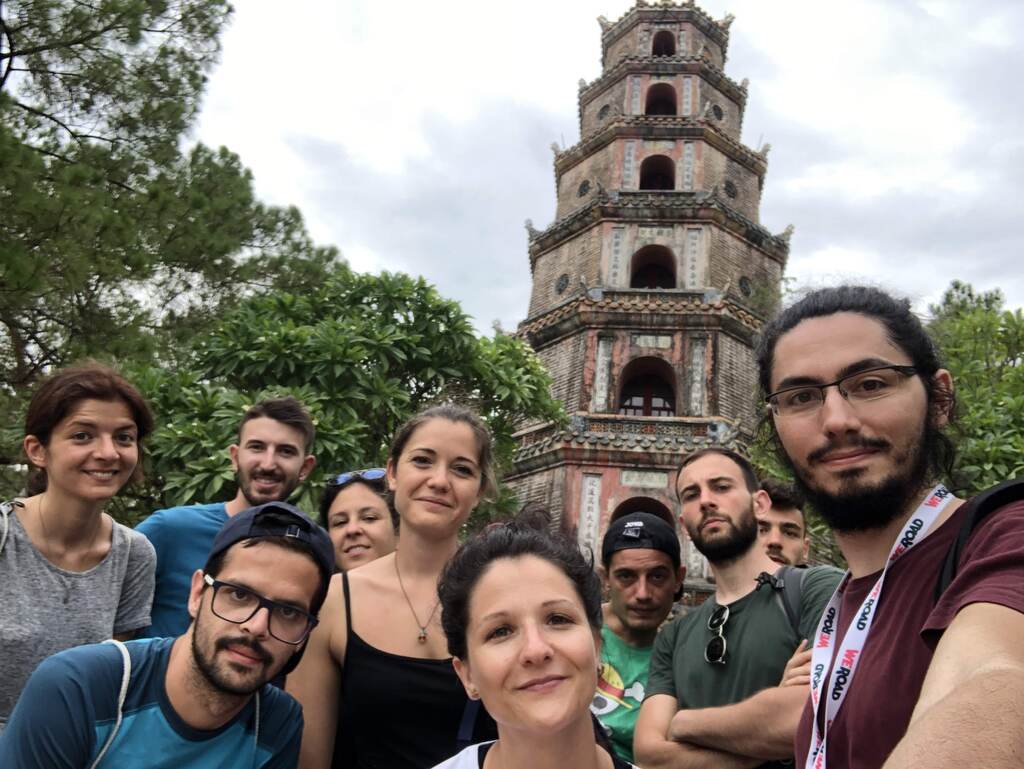
Ready for your adventure? Discover group tours to Vietnam and travel worry-free
Sorting out your Vietnam visa might be the most complicated part of your trip, but everything else? That’s where a group tour steps in.
Whether you’re keen on hitting every highlight from Hanoi to Ho Chi Minh or looking for a more relaxed, curated experience, group tours will have you covered. These tours don’t just simplify your travel logistics — they also make sure you’re not alone when you’re trying to decipher a menu or navigate a chaotic bus terminal.
If you want to see it all, from ancient temples to buzzing city streets, you’ll want to discover the Vietnam 360 group tour, a complete itinerary that packs in the country’s must-see locations without rushing the experience. Looking for something more upmarket? The Vietnam Exclusive Collection group tour offers boutique hotels and curated cultural stops for a premium adventure. And if you can’t get enough of Southeast Asia, the explore Vietnam, Cambodia, and Thailand group tour takes things to the next level — cross-border exploration, expertly planned.
So get your visa sorted, book that flight, and let Vietnam work its magic. Bureaucracy may be inevitable, but at least your trip doesn’t have to be boring.


